
I recently wrote a blog about how Artificial Intelligence (AI) is now being used by the exploration side of the mining industry. My curiosity was whether the application of AI is going to be real or is it just being used as a buzzword to help promote companies. You can read that blog at this link “AI vs The Geologists”.
With the topic of buzzwords in mind, I was curious about some of other technology advances we hear about. Coincidentally Canadian Mining Magazine (Winter 2019 issue) published two articles on upcoming technologies, the links are provided here; blockchain and robotic process automation. As with AI, I’m still curious about these two, mainly due to the limited number of applications thus far.
Blockchain for supply chain
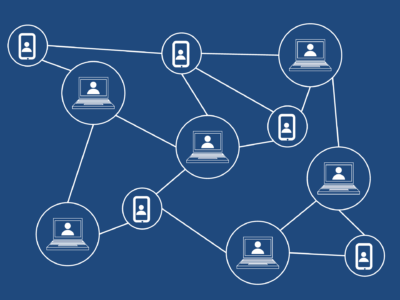 With regards to blockchain, it seems to me the main benefits are being related to supply chains, whether for purchasing or selling activities. Some of the examples given are that one can verify where the cobalt in your phone was mined or where your engagement diamond is from. Oddly though, I don’t recall ever wanting to know where the metal in my phone is from.
With regards to blockchain, it seems to me the main benefits are being related to supply chains, whether for purchasing or selling activities. Some of the examples given are that one can verify where the cobalt in your phone was mined or where your engagement diamond is from. Oddly though, I don’t recall ever wanting to know where the metal in my phone is from.
Other example applications of blockchain are for inventory management, shipment number tracking, transport log tracking, and bill of lading management. The advantages are transaction speed, trust, and traceability.
Currently there are many ways shipping and receiving activities are being tracked. Hence I am a bit unclear as to where blockchain will provide a groundbreaking improvement. Can’t well designed cloud database achieve the same thing?
Blockchain reportedly has improved security in that copies of its tracking “ledgers” are simultaneously hosted on multiple servers and hence are hack-proof.
Is blockchain over-hyped? Here’s an article that seems to think so “5 challenges to getting projects off the ground”.
Thus far in my career I have not yet had any direct experience with a real life application of blockchain. Therefore it is a bit difficult to say whether it is a great business innovation or a great business promotion. Perhaps some of you have had experience with actual blockchain applications in the mining industry. Please let me know and I will follow up. So far I am still on the fence.
On the other hand…
Robotic Process Automation
 We have seen in manufacturing that robotics will eliminate repetitive type jobs. Will robotic process automation (rPA) be able to do the same by completing repetitive tasks for us?
We have seen in manufacturing that robotics will eliminate repetitive type jobs. Will robotic process automation (rPA) be able to do the same by completing repetitive tasks for us?
The types of tasks being targeted for rPA are real time data analysis, daily- weekly-monthly reporting, tracking real time costs and progress schedules, or in other words, monitoring system wide process inputs and outputs.
Having access to real time data is important and it is a growing trend worldwide in all industries. In my view, mine site wide data integration is a key to the future of mining, especially when combined with AI, data mining, and data analysis. It is great to have the ability to instantly know exactly what is going on everywhere at a mine site. It is also great to know what went on in the previous hour, 24 hours, or 30 days.
Modern sensor technology is such that almost anything can be monitored now in real time. Will an action in one part of the operation trigger an impending impact in another part of the operation? For example can a large blast in the pit result in excess vibrations leading to tailings dam creep at the same time and is someone monitoring something this simultaneously? There are many action-reaction type events that occur in a mining operation, each with operational or cost impact. Only technology is able to instantly monitor all of these activities, assess their impacts, and provide quick decisions.
 Collecting hoards of data from a site wide sensor network creates a dilemma in what to do with all the data collected. Smart cities are running into this issue. Who can sort through the data, decide what is important and what is noise, then summarize the data and report on it in real time? A human cannot deal with the amount of data being collected in such networks.
Collecting hoards of data from a site wide sensor network creates a dilemma in what to do with all the data collected. Smart cities are running into this issue. Who can sort through the data, decide what is important and what is noise, then summarize the data and report on it in real time? A human cannot deal with the amount of data being collected in such networks.
I have seen companies use fleet dispatch systems to collect gigabytes of data but then have difficulty in analyzing and making sense of it all. Sometimes the dispatch data is simply used to produce a month end production report. This is one example of where process automation may play a bigger role.
I don’t see repetitive process automation eliminating many jobs. Rather it may even increase the jobs needed to maintain and operate the virtual networks. Employment aside, I see the benefit of rPA is having a better understanding of the functioning organism called a mining operating. An operation is essentially an organism with lots of moving parts constantly making decisions requiring emotional intelligence.
Conclusion


 Regarding the two technologies discussed in this blog, I personally feel robotic process automation will have far greater impact on mining industry future and its profitability.
Regarding the two technologies discussed in this blog, I personally feel robotic process automation will have far greater impact on mining industry future and its profitability.
 At a booth at the 2019 PDAC I had a chance to speak with a publicly traded company called
At a booth at the 2019 PDAC I had a chance to speak with a publicly traded company called  The algorithm then examines the cell data to teach itself which attributes correlate to known mineralization and which attributes correlate with barren areas. It essentially determines a geological “signature” for each mineralization type. There could be millions of data points and combinations of attributes. Correlation patterns may be invisible to the naked eye, but not to the computer algorithm.
The algorithm then examines the cell data to teach itself which attributes correlate to known mineralization and which attributes correlate with barren areas. It essentially determines a geological “signature” for each mineralization type. There could be millions of data points and combinations of attributes. Correlation patterns may be invisible to the naked eye, but not to the computer algorithm. I was told that many in the geological community tend to discount the AI approach. Either they don’t think it will work or they are fearing for their jobs. Personally I don’t understand these fears nor can I really see how geologists can ever be eliminated. Someone still has to collect and prepare the data as well as ultimately make the final decision on the proposed targets. I don’t see the downside in using AI as another tool in the geologist’s toolbox.
I was told that many in the geological community tend to discount the AI approach. Either they don’t think it will work or they are fearing for their jobs. Personally I don’t understand these fears nor can I really see how geologists can ever be eliminated. Someone still has to collect and prepare the data as well as ultimately make the final decision on the proposed targets. I don’t see the downside in using AI as another tool in the geologist’s toolbox.

 Its the right thing to do
Its the right thing to do The company gets a chance to learn about potential employees and also gets productive service from them.
The company gets a chance to learn about potential employees and also gets productive service from them.
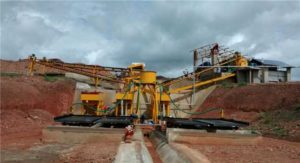

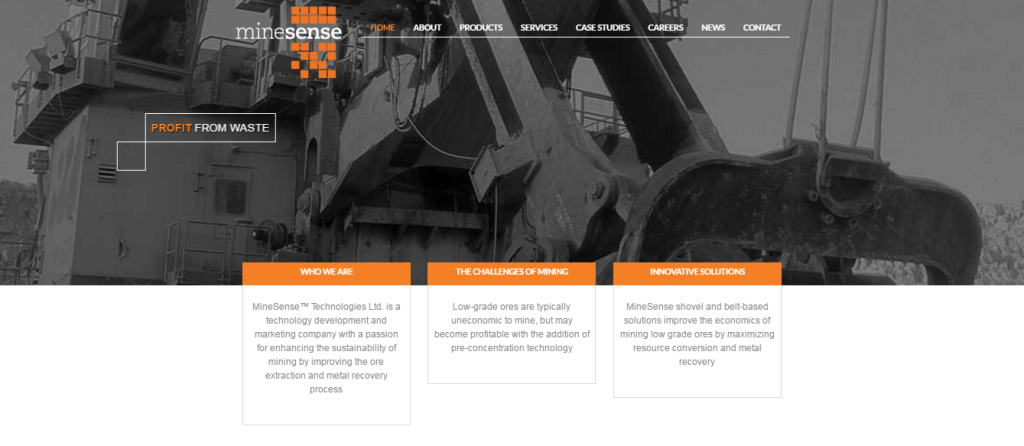
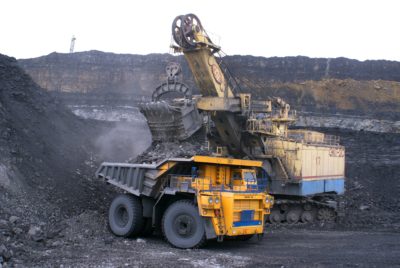 Sensors are the answer
Sensors are the answer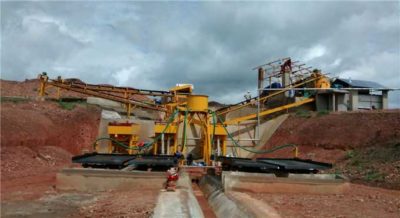 Their belt conveyor systems (
Their belt conveyor systems (



 The tech start-up model is similar to the junior mining business model as it relates to early stage funding followed by additional financing rounds. One obvious difference is that mining mainly uses the public financing route (IPO’s) while the tech industry relies on private equity venture capital (VC’s).
The tech start-up model is similar to the junior mining business model as it relates to early stage funding followed by additional financing rounds. One obvious difference is that mining mainly uses the public financing route (IPO’s) while the tech industry relies on private equity venture capital (VC’s). Most of the tech meetups are held in local tech offices. These offices are great. They have an open concept, pool tables, ping pong, video games, fully stocked kitchen. Who wouldn’t want to work there?
Most of the tech meetups are held in local tech offices. These offices are great. They have an open concept, pool tables, ping pong, video games, fully stocked kitchen. Who wouldn’t want to work there?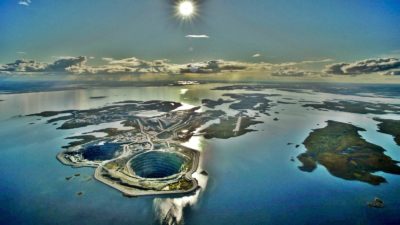 In the late 1990’s I was working in the Diavik engineering office in Calgary. They provided a unique office layout whereby everyone had an “office” but no front wall on the office so you couldn’t shut yourself in. There were numerous map layout tables scattered throughout the office to purposely foster discussion among the team.
In the late 1990’s I was working in the Diavik engineering office in Calgary. They provided a unique office layout whereby everyone had an “office” but no front wall on the office so you couldn’t shut yourself in. There were numerous map layout tables scattered throughout the office to purposely foster discussion among the team.
 Irrespective of 43-101, if you are working at a mining operation the last thing you want to do is present management with an incorrect reserve, pit design, or production plan.
Irrespective of 43-101, if you are working at a mining operation the last thing you want to do is present management with an incorrect reserve, pit design, or production plan. As a QP, I suggest the onus is on the software developers to demonstrate that they can produce reliable and comparable results under all conditions. They need to be able to convince the future users that their software is accurate.
As a QP, I suggest the onus is on the software developers to demonstrate that they can produce reliable and comparable results under all conditions. They need to be able to convince the future users that their software is accurate.


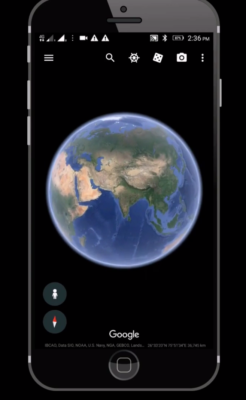 Gather your team around their computers and fire up screen sharing software like Teams, GoToMeeting, Skype, or Zoom. Give control of the mouse to someone who knows the site well. Here are some of the things you can do on your group tour.
Gather your team around their computers and fire up screen sharing software like Teams, GoToMeeting, Skype, or Zoom. Give control of the mouse to someone who knows the site well. Here are some of the things you can do on your group tour.